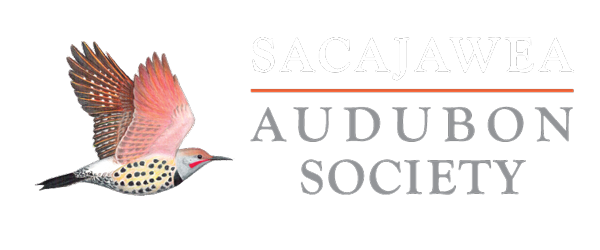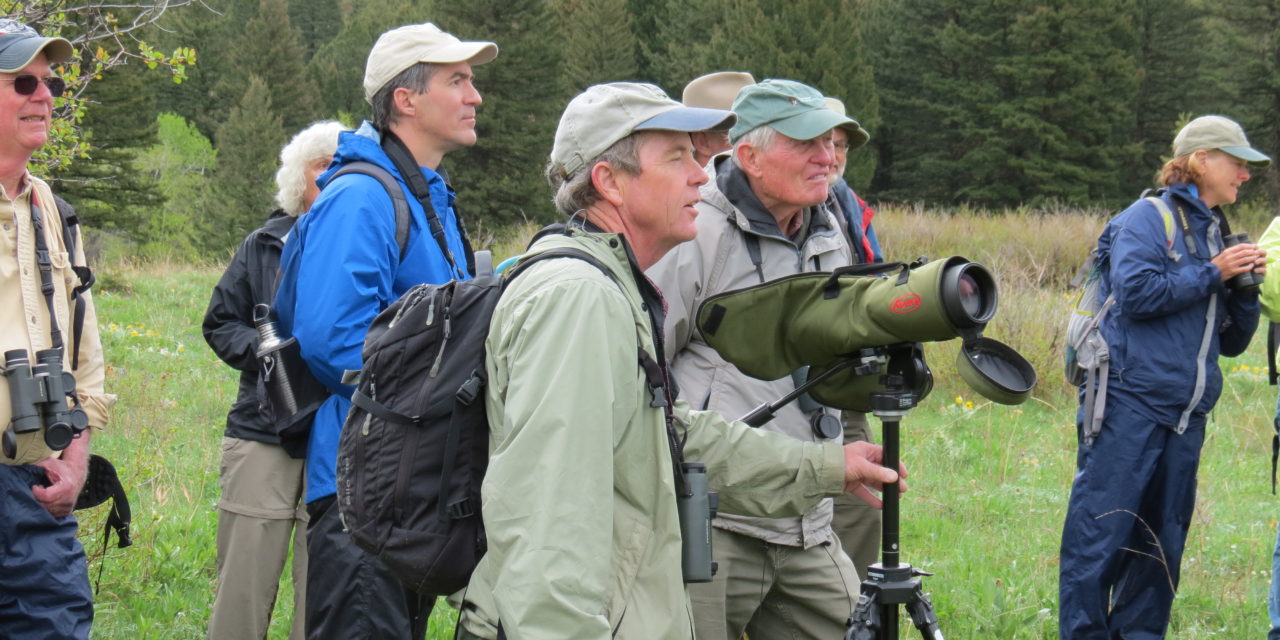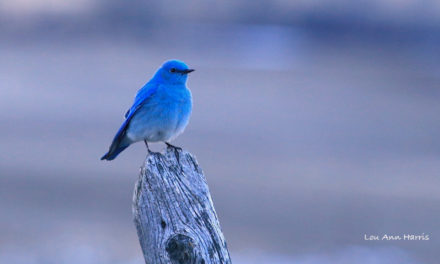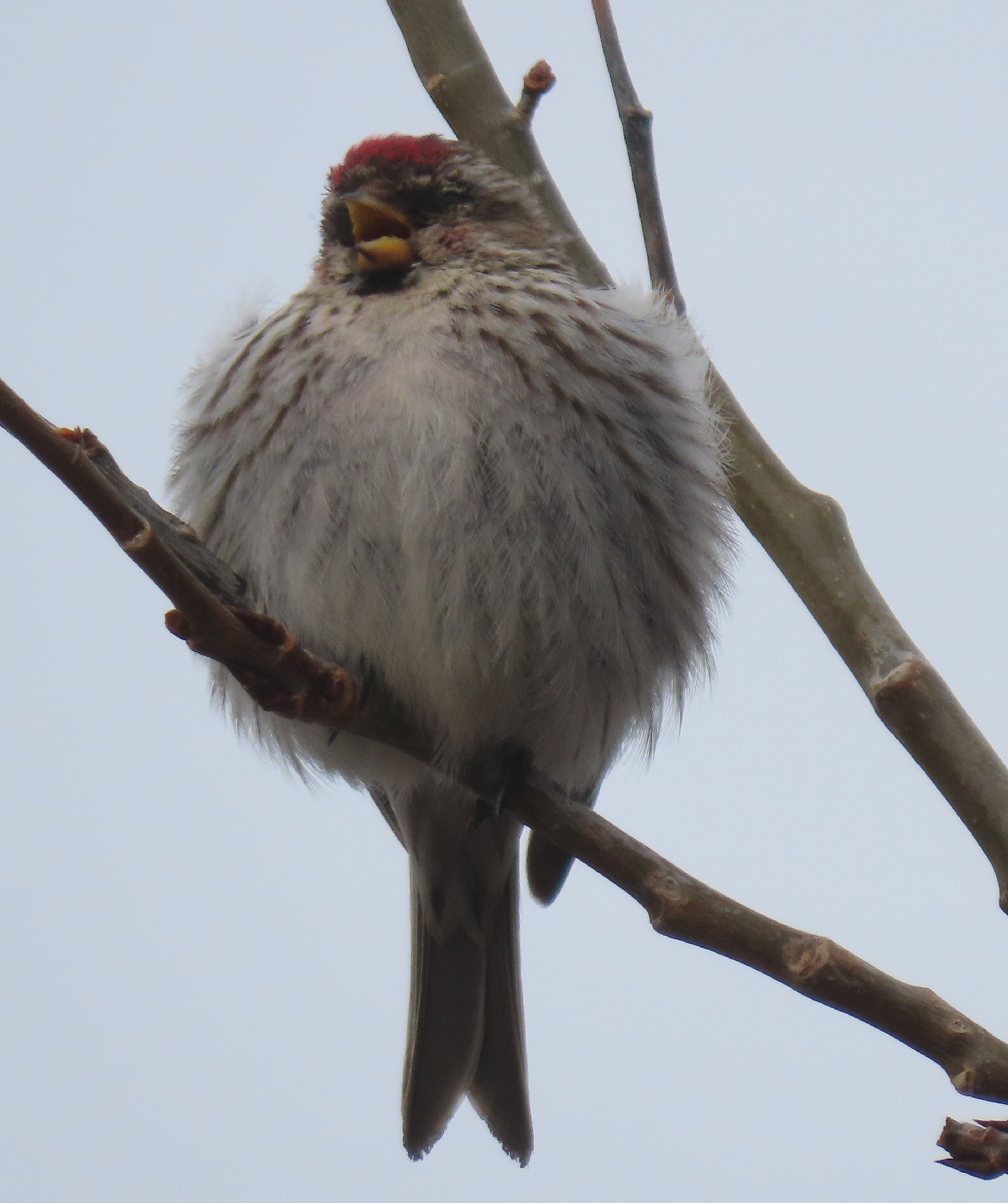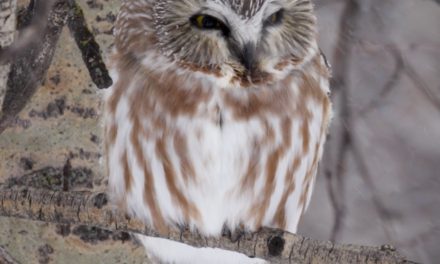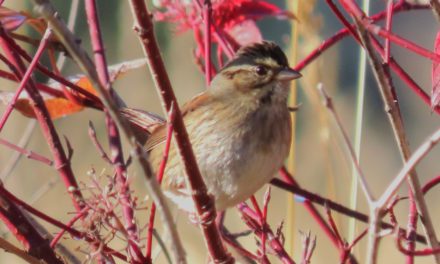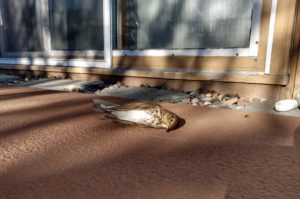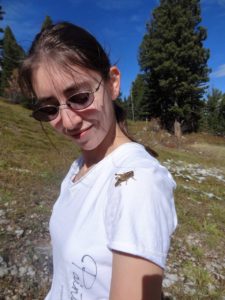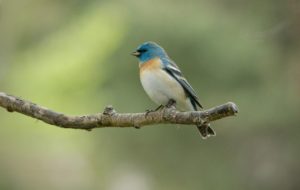This summer there were a number of exciting birds found in this area, ranging from large waders to warblers. Two of the most interesting are birds that breed in Montana, but had never been documented in the southwestern corner of the state.
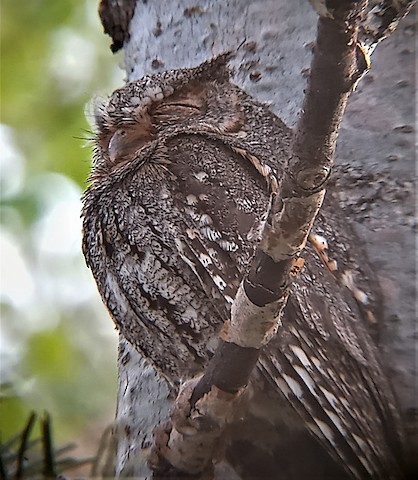
Photo by John Parker
Early in the evening of May 27, while working in her office at her south Bozeman home, Beth Madden saw an owl fly into the side of the house while being pursued by magpies. Running outside, Beth was able to chase off the magpies before they could do any more harm. As she bent to see if the owl was injured it flew to a nearby fir tree and perched snugly against the trunk. With such a close-up view of the owl, Beth realized it was a Flammulated Owl! It remained on the same perch until dark, when it opened its eyes, roused itself and flew off into the night. Flammulated Owls breed as close as the mountains south of Helena, but surprisingly they have never been documented in Gallatin or any of the surrounding counties.
As Dave Story was beginning a Breeding Bird Survey early on the morning of June 24th, along Camp Creek Road west of Bozeman, he heard a call that didn’t register as one of the local breeding bird songs. After mulling it over, Dave returned to the same location to try and verify what he thought the song might be. Vindication. Almost immediately upon arriving at the spot Dave heard the distinctive “REEbeer” or “Free beer” song and was able to get a recording of southwestern Montana’s first Alder Flycatcher. Alder Flycatchers breed to the north primarily in Canada, with a slight dip into Montana along the Rocky Mountain Front. Alder Flycatchers are exceptionally rare in the western United States, as their migration path sweeps to the east as they make their way back and forth to their winter range in the western Amazon.
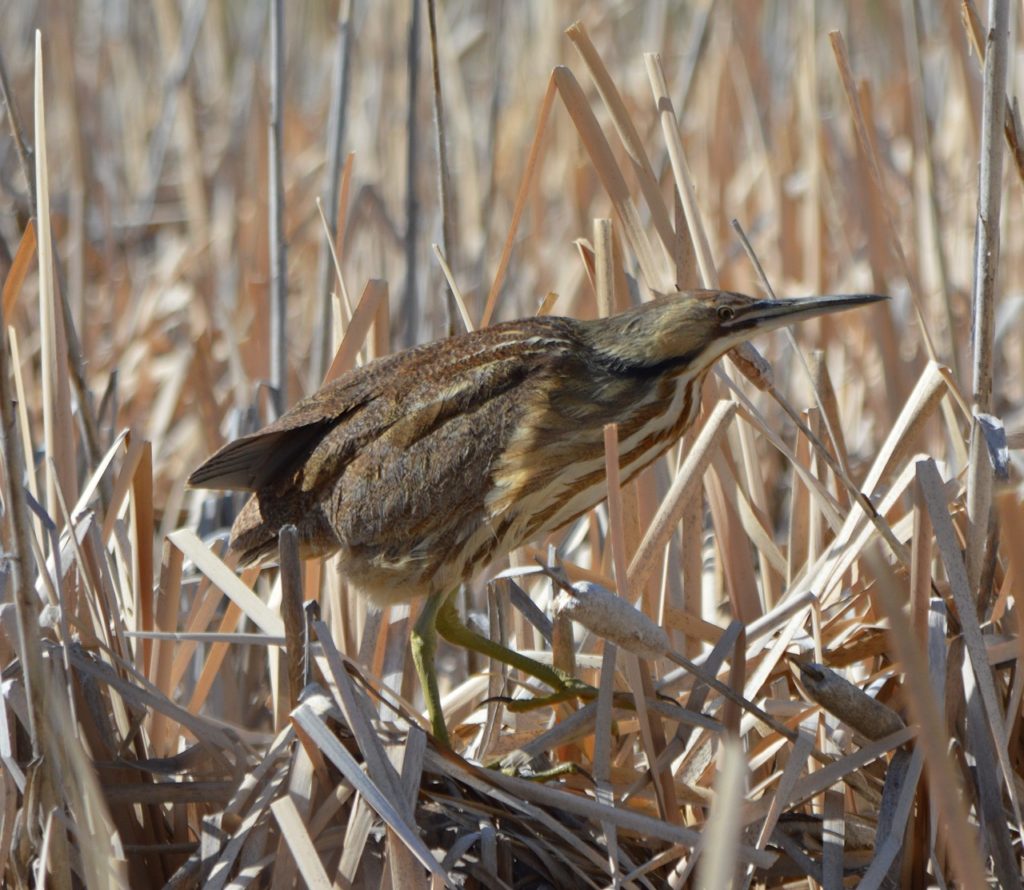
Photo by John Parker
Many local birders were able to get close observations of the very accommodating American Bittern that spent five days at the Cherry River ponds in northwest Bozeman. Drew Berdo first discovered the bittern on May 15th. Many of the birders who came to the ponds looking for the bittern, first heard the gulping calls of the bittern, which is sometimes called the “Pump Bird”. Bitterns are known for their cryptic markings and habit of posing with their neck and head pointed skyward to blend into the cattails or reeds. This bird was so unfazed by people that at times it could be found standing on the trail around the ponds.
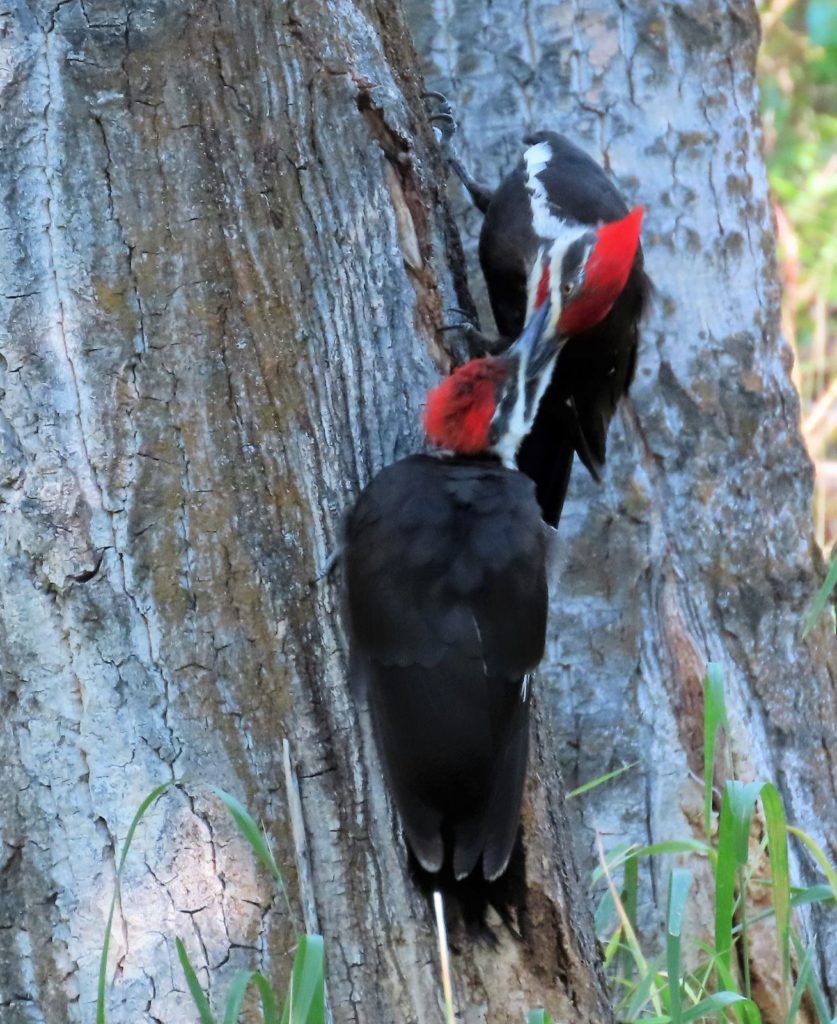
Photo by Robin Wolcott
As Pileated Woodpeckers have become increasingly common near Bozeman over the past twenty years, and especially the last five years, they have been mentioned less frequently in this column. Until now there had been scant evidence of actual breeding in the Gallatin Valley and surrounding mountains. On August 12th as Robin Wolcott was walking the Sourdough Nature Trail in south Bozeman she heard and then tracked down two Pileated Woodpeckers. Robin was able to get photos of the two woodpeckers, which confirmed that it was an adult male Pileated feeding a juvenile female. Young Pileated Woodpeckers can be definitively aged by the fact that their eyes are dark brown, before developing into the yellow color of adults.
The month of September is arguably the best month of the year for birding. In early September the shorebird migration is still near its peak and the raptor migration will be building throughout the month. If that isn’t enough to keep you busy, the peak passage of all of the passerine family groups will occur during September. So, whether you chose to climb a mountain to view raptors, or watch for warblers in your backyard, the opportunities to enjoy birds are nearly limitless this month.
